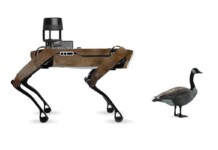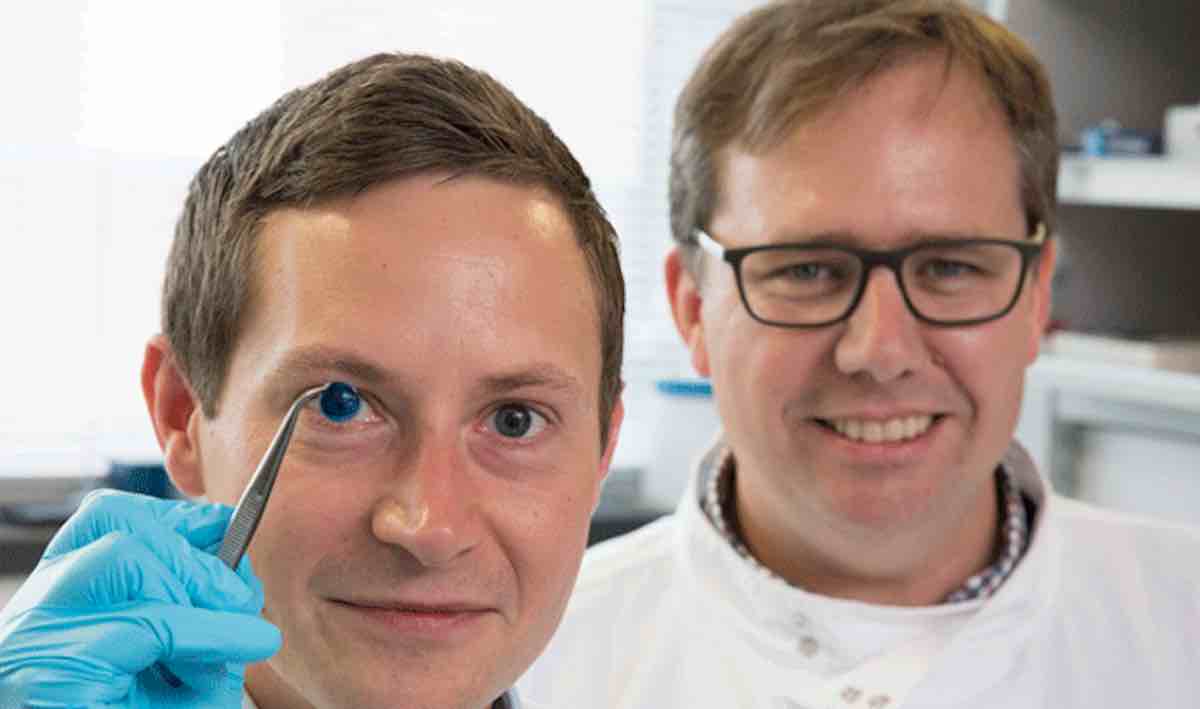For the first time ever, scientists have managed to 3D-print human corneas, which – once perfected – could restore vision to millions of people.
As the outermost layer of the human eye, the cornea plays an important role in focusing vision – but unfortunately, there is a significant shortage of corneas available for transplants, with 10 million people worldwide requiring surgery to prevent corneal blindness as a result of diseases such as trachoma, an infectious eye disorder.
In addition, almost 5 million people suffer total blindness due to corneal scarring caused by burns, lacerations, abrasion, or disease.
The proof-of-concept research, which was conducted in the UK by Newcastle University, was published in Experimental Eye Research. The study shows how stem cells (human corneal stromal cells) from a healthy donor cornea were mixed together with alginate and collagen to create a solution that could be printed – a ‘bio-ink’.
RELATED: Drinking Baking Soda Could Be Cheap, Safe Way to Combat Autoimmune Disease, Says Scientists
Using a simple low-cost 3D bio-printer, the bio-ink was successfully projected to make a human cornea – and it took less than 10 minutes to print.
The dimensions of the printed tissue were originally taken from an actual cornea. By scanning a patient’s eye, they could use the data to rapidly print a cornea which matched the size and shape.
“Many teams across the world have been chasing the ideal bio-ink to make this process feasible,” said Che Connon, the Newcastle University professor who led the work. “Our unique gel – a combination of alginate and collagen – keeps the stem cells alive whilst producing a material which is stiff enough to hold its shape but soft enough to be squeezed out the nozzle of a 3D printer.
MORE: Magnetic Brain Treatment Erases Suicidal Thoughts in Dramatic Portion of Depressed Patients, Study
Connon added: “Our 3D printed corneas will now have to undergo further testing and it will be several years before we could be in the position where we are using them for transplants.
“However, what we have shown is that it is feasible to print corneas using coordinates taken from a patient eye and that this approach has potential to combat the world-wide shortage.”
(WATCH the video below)
(Reprinted from Newcastle University)
It’s Not Hard To See That You Should Share The Good News With Your Friends – Photo by Newcastle University




















